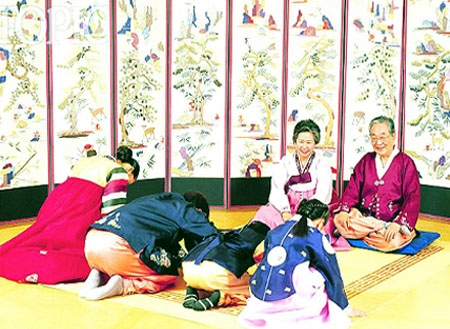This month, Farida and I continued meeting three times/week and our topics included family, public places, and animals/pets. I am feeling a lot more comfortable speaking in Indonesian and have noticed a decrease in my usage of English. I also feel that a lot of gaps in terms of vocabulary and grammar have been filled. For example, the words manja and sepi. For manja, I have heard this word being used by my family growing up, though I only had a sense of its meaning and never knew its true meaning/translation. My family often used it when my siblings and I were lazy, or when our pets acted clingy. As a result, I knew the context/when to use it, but could not express it in English. Its actual translation is “spoiled,” which makes sense, though I still feel as if the Indonesian-English translation does not 100% align, as manja mostly refers to childish actions. As for sepi, I had always thought it meant empty or not crowded, though it actually means “quiet” and is used to describe places (not people). Another grammar point I learned, though I am still mastering is the passive form. Since I am a heritage speaker, I have been aware of its usage in Indonesian, but never internalized the fact that it is indeed the passive form. An example is makan, which means “eat” and its passive form is dimakan “eaten.” So passive form is created by adding the prefix di- to a verb. Even though I know its meaning, I still have trouble using this in regards to the appropriate subject/object, though it is something I am working on.
Recently, Farida has also incorporated video assignments as homework. She would give me a few questions or a prompt after our last class on Thursday, which would be my assignment due over the weekend. I would have to film a video with my answers to practice speaking (the first requirement was ~2 minutes, and the most recent one was 3-5 minutes). My first video was about an article I read about Indonesian celebrations and my second one was about an animal I like but cannot keep as a pet. In general, I usually do not film videos for any of my classes and I personally do not like to be in front of the camera, though I found these assignments helpful! Of course, they took several takes as I would either forget what to say, make too many mistakes, etc. but I found that I learned a lot from the process and the videos themselves. I became more conscious of words I tend to repeat/overuse, filler words, and my pronunciation. One example is my use of the word terus which literally means “continue,” though it is often used in the context of “and then…” much like a transition word. I never noticed how much I tend to say this, and I am glad I did, because there are better, more precise words I can use in place of it. Another example is the 'tu' sound found in many Indonesian words such as: satu (one) and itu (it). I realized that when I pronounce these words, I use a harder ‘t’ sound, which makes it sound more like a ‘d’ sound. I never realized this before and was only made aware through listening to my speaking in the videos.
An aspect of the class that I appreciate is Farida’s use of meaningful conversation. I am also taking a Teaching ESL class this semester (which by coincidence, Farida is also taking!) and we went over the importance of meaningful activities. These activities are ones that incorporate aspects of the learners’ lives in order to make lessons engaging and relevant. I found that in most of our speaking classes, Farida tends to center the conversation around our personal lives, so there is more substance to the conversation, and we are able to talk about our own interests, experiences, etc. I definitely enjoy this more than, for example, speaking about general topics that we have little interest in or no opinion about.



